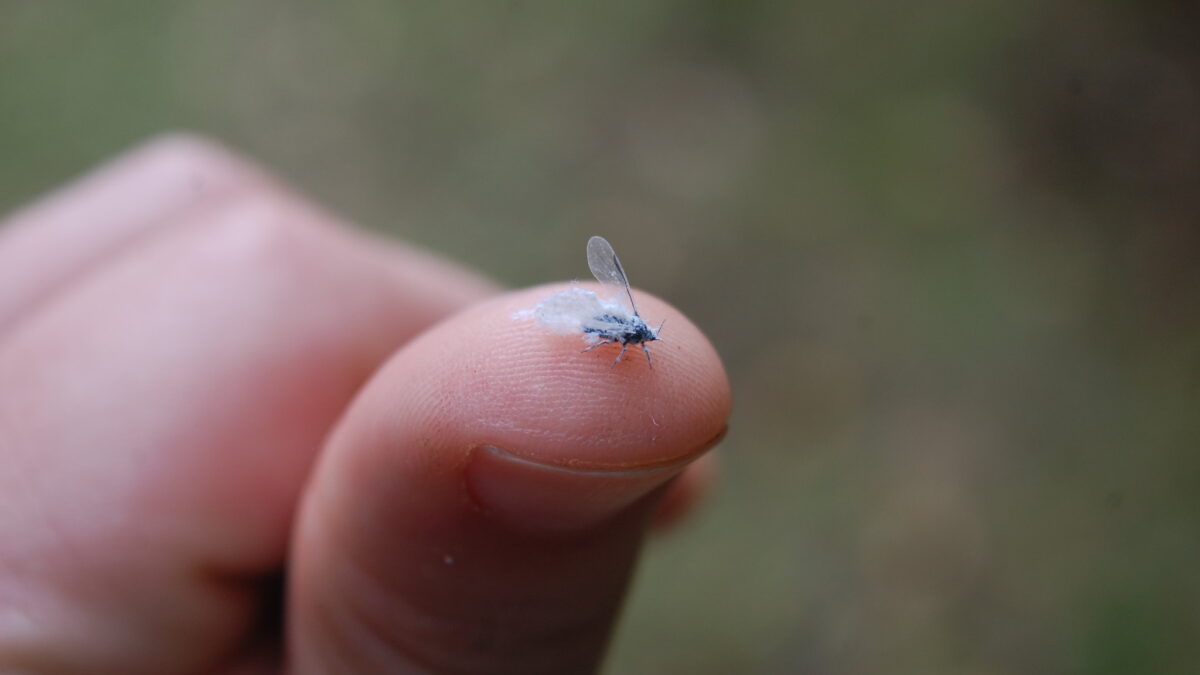Wildlife
Have you seen the blue flies with white fuzz? Learn about the woolly aphid

Woolly aphid. Photo: Brett Ortler
These pesky bugs are relatively harmless. While they’re around all year long, they’re only really noticeable for a few days in autumn.
PARK CITY, Utah — If you’ve been outside this fall around Park City, you’ve likely spotted fluffy, white balls floating through the air and wondered what they might be. Chances are, you’ve encountered blue ash aphids, also known as woolly aphids.
These tiny insects, often mistaken for cotton balls, are making their presence known this fall. The warm, dry conditions of late summer into fall have created ideal circumstances for woolly aphids to thrive as they enter prime mating season. As temperatures begin to cool, their population will likely decline.
According to Idaho State Department of Agriculture Entomologist Paul Castrovillo, these pesky bugs are relatively harmless. While they’re around all year long, they’re only really noticeable for a few days in autumn.
Blue ash aphids mate in the fall when temperatures drop and the days get shorter. Here’s what happens during their mating season:
Spring and summer: Blue ash aphids feed on leaves and trees and then live underground off of tree roots. During this time, they reproduce asexually.
Fall: A new generation of winged aphids and males emerges from the ground. The winged aphids take to the air to mate and lay eggs in the bark of trees. The mating season is short-lived, lasting only a few days or weeks.
Winter
The eggs overwinter on the bark of the tree. In the spring, a new generation of aphids hatches and starts feeding on tree roots.
Aphids feed on phloem sap and excrete white wax and sticky honeydew, which attracts ants and yellowjackets and leads to the growth of black sooty mold. This combination can damage plant parts and surfaces. Most woolly aphids are a nuisance without threatening plant health.
Natural predators like parasitic wasps, lady beetles, and green lacewing larvae can control woolly aphids on above-ground plant parts. While control is often unnecessary for healthy trees, insecticides can be used for large trees. However, care must be taken to avoid harming beneficial insects and bees by applying after blossoms have fallen.



















